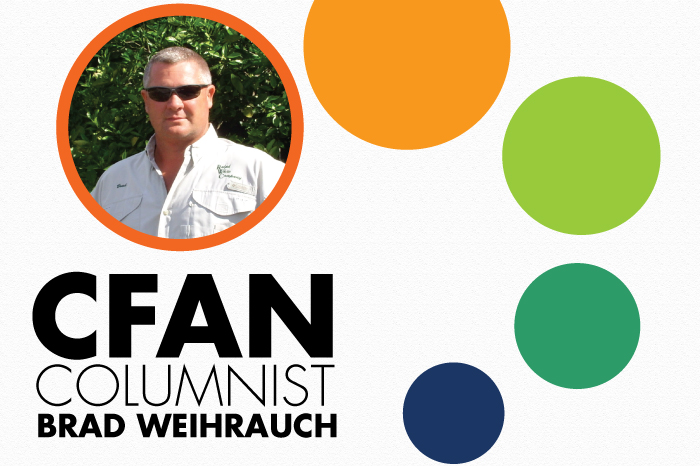Before we know it, it will be time to harvest the citrus fruit we’ve worked hard all year to grow. When we do, we need to consider more than price. We need to consider the potential effect of citrus greening: Fruit drop.[emember_protected custom_msg=”Click here and register now to read the rest of the article!”]
If fruit drop takes 20 percent of the fruit early, it won’t be worth waiting for a price 10 percent higher. We need to recognize fruit is not holding on our trees like they did in the past.
But you should take time to verify insurance, check the license status of harvesters and/or buyers, ask for references, read the contracts, and consider the time between picking and payment.
More than ever, we need to consider who actually is harvesting and responsible for payment—as well as when the buyer intends to harvest. Even when we have established relationships, we may find we are dealing with subcontract crews. It is important for you to limit the number of people between your crop and your money. You need a working knowledge of where and how your crop is moved from tree to processor.
Just before harvest also is the time to flag poor performing trees. Like the late Bobby Lanier once told me, we are not in the business of growing leaves. We need a tree to do more than look good. It’s got to produce.
CREDITS
column by BRAD WEIHRAUCH
BIO: Brad Weihrauch is a Polk County native. He grew up around a family business of agriculture and customer service. After Winter Haven High School, he went on to complete his education at Polk Community College and Warner Southern. After serving 17 years in customer service for a large retailer, Weihrauch returned to his agriculture roots and founded RWC, an agri-service and management company, in 2002. [/emember_protected]

